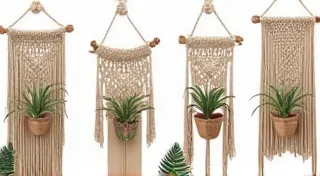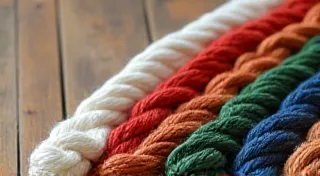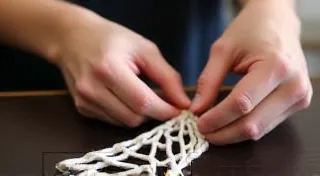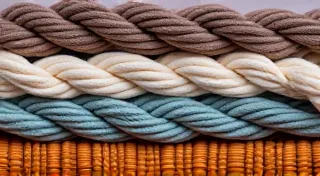The Silent Conversation: Macrame as a Dialogue with the Material
There's a quiet beauty in things meticulously crafted by hand. Think of an antique accordion, its bellows leathered with time, its keys worn smooth by countless performances. Each button, each rivet, whispers of a past filled with music, laughter, and the steady pulse of human expression. It's a tangible connection to artistry, to a dedication that transcends mere functionality. Macrame, I’m finding, possesses a similar quality - a space where the hands aren't simply executing instructions, but engaging in a delicate, unspoken dialogue.
I remember my grandfather, a man of few words but boundless skill, meticulously restoring a bellows accordion. The smell of beeswax and old leather permeated the workshop. He's what he used to say: "The wood will tell you where it needs to be, Sarah. You just need to listen." Initially, I dismissed it as the musings of a craftsman, but as I watched him gently coax a split piece of wood back into alignment, as he painstakingly re-glued a cracked bellows, I began to understand. It wasn’t about brute force; it was about empathy, about respecting the material and allowing it to guide the process. That same principle, I’m discovering, applies profoundly to the art of macrame.
For many, macrame is perceived as a series of knots: a sequence of steps to be followed. And, yes, learning the foundational knots – the square knot, the half hitch, the lark’s head – is absolutely essential. These are the alphabet of macrame, the basic building blocks. But to truly *understand* macrame, to move beyond mere repetition and into the realm of creation, you must learn to listen. You must allow the cord itself to become your collaborator.
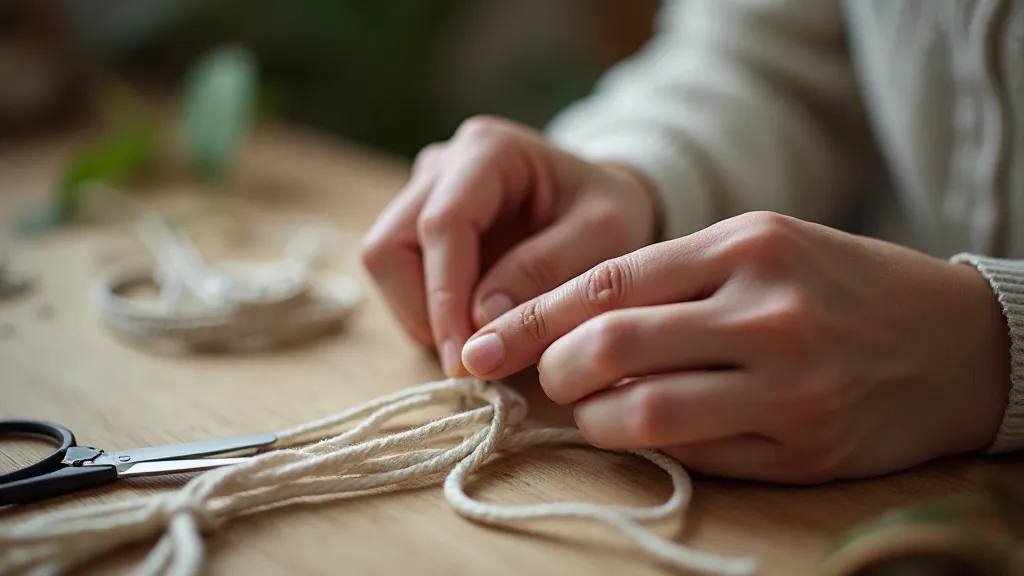
Beyond the Instructions: The Cord’s Suggestion
Think about the cord. It isn't just a material; it has a drape, a weight, a resistance. A thicker cord will behave differently than a thinner one. Jute will fall in a way that cotton won’t. Nylon will have a completely different elasticity. This varying behavior can be challenging to master, and understanding cord thickness and how it impacts your finished piece is a crucial step in elevating your macrame. An experienced macrame artist isn't just following a pattern; they're constantly adjusting, responding to the cord’s inherent qualities. They feel the tension, they see how the knots will fall, they anticipate the overall shape before it fully emerges.
This intuitive understanding doesn't come overnight. It requires patience, practice, and a willingness to abandon the rigid adherence to instructions. It means allowing for mistakes, embracing imperfections. It means recognizing that the "best" macrame isn’t necessarily the most technically perfect; it’s the macrame that embodies a sense of flow, of organic growth.
A Historical Perspective: From Functionality to Art
Macrame's history is fascinating, interwoven with practicality and artistry. Originally a utilitarian craft, dating back to the 13th century, it was utilized for creating essential items like bridal veils, mosquito netting, and sailors’ hammocks. The word “macrame” itself is believed to derive from the Arabic word “migramah,” meaning “ornamental fringe.” As trade routes expanded, the craft spread across cultures, evolving and adapting to local materials and aesthetics. During the Victorian era, macrame experienced a resurgence in popularity, adorning homes with intricate tablecloths, curtains, and decorative hangings. What was once purely functional transformed into a form of decorative art. Understanding how to master the complexities of troubleshooting common macrame tension issues is a skill that separates the casual knitter from the seasoned artist.
Cultivating the Dialogue: Tips for Beginners
So, how do you begin to cultivate this "dialogue" with the cord? Here are a few suggestions:
- Slow Down: Resist the urge to rush. Focus on each knot, feeling the tension, observing how the cord behaves.
- Experiment with Different Cords: Explore the variety of materials available – cotton, jute, hemp, nylon. Each will offer a different sensory experience.
- Don’t Be Afraid to Deviate: Once you’re comfortable with the basic knots, try modifying them, adding your own variations. The lark's head knot, for instance, is a versatile starting point for countless variations.
- Observe Nature: The organic shapes and patterns found in nature – the way vines twist and climb, the way leaves unfurl – can be a powerful source of inspiration.
- Embrace the Imperfection: Handmade items are inherently imperfect. These imperfections are what give them character and charm.
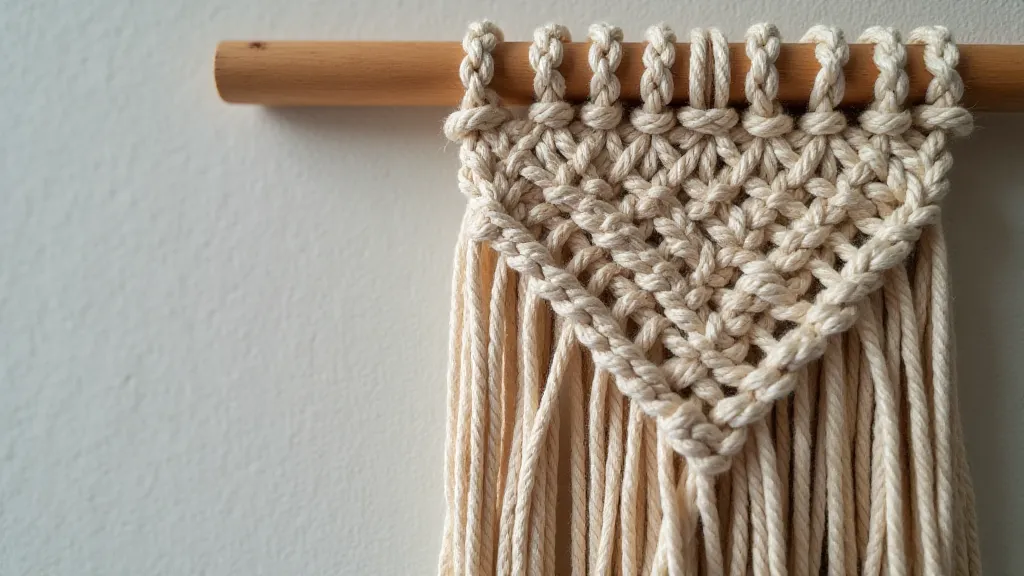
Finding Your Voice: Beyond Replication
Ultimately, the goal isn’t simply to replicate existing macrame patterns; it’s to develop your own unique artistic voice. To do that, you must be willing to listen – not just to the cord, but to your own intuition, your own creativity. It's a process of self-discovery, a journey of exploration.
Think again of my grandfather and the accordion. It wasn’t just about repairing the instrument; it was about restoring its soul, allowing its inherent beauty to shine through. Macrame, I’m learning, is much the same. It's about more than just knots; it’s about connecting with the material, allowing it to guide the creative process, and ultimately, finding your own unique voice within the rhythmic dance of the hands and cord. The alchemy of cord, the transformative power of working with it, can be a deeply rewarding experience.
The next time you pick up a length of cord, don't just think about the knots you need to tie. Listen. Feel. Allow the conversation to begin. The cord has something to tell you.
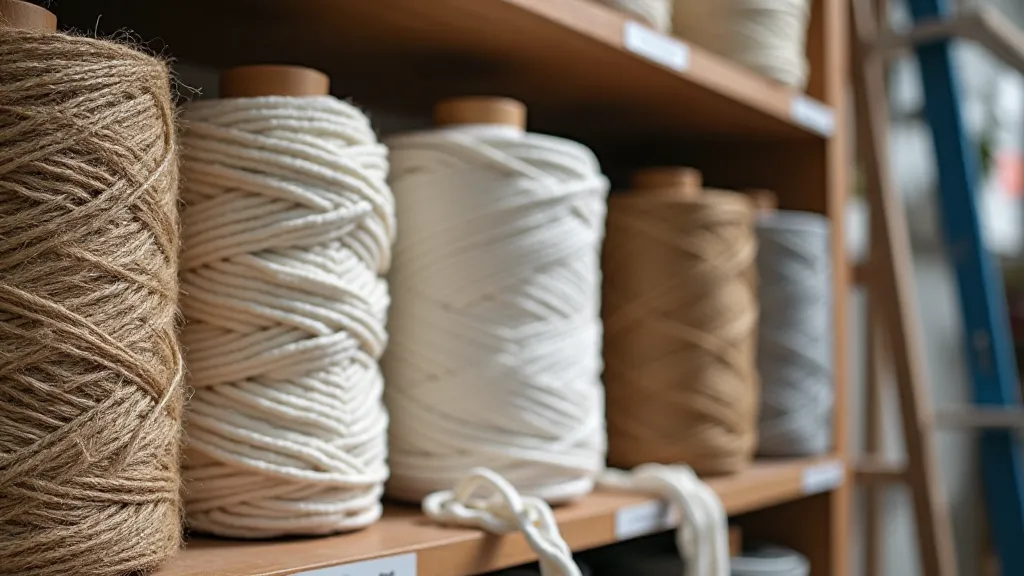
Beyond the technical aspects of knotting, the true artistry lies in understanding how different techniques influence the final texture and drape. Mastering the interplay of tension and material unlocks a spectrum of creative possibilities. Consider the ways you can manipulate the cord to create a sense of movement or to emphasize a particular design element. Experiment with combining different knotting styles to achieve a unique aesthetic. Don’t be afraid to challenge conventional approaches and forge your own path. Remember, the most captivating macrame pieces are those that reveal the artist’s personal touch and creative vision.
The journey into macrame is more than just learning a craft; it's an invitation to connect with your creativity and find a moment of tranquility in the rhythm of the knots. It's a chance to slow down, to appreciate the beauty of simple materials, and to create something truly unique with your own two hands. The process of transforming a humble length of cord into a work of art is a testament to the power of human ingenuity and the enduring appeal of handmade creations. And with practice, you’re sure to find yourself increasingly attuned to the subtle language of the cord, anticipating its behavior and allowing it to guide your creative journey. Embrace the imperfections, celebrate the unique character of each piece, and allow the silent conversation between you and the material to unfold.
As you progress, consider the impact of lighting and background when showcasing your creations. A well-lit display can accentuate the texture and depth of the knots, while a complementary background can enhance the overall aesthetic. Don’t be afraid to experiment with different arrangements and presentations to find what best highlights the beauty of your work. Sharing your creations with others can be a source of great joy and inspiration, fostering a sense of community and appreciation for the art of macrame.

